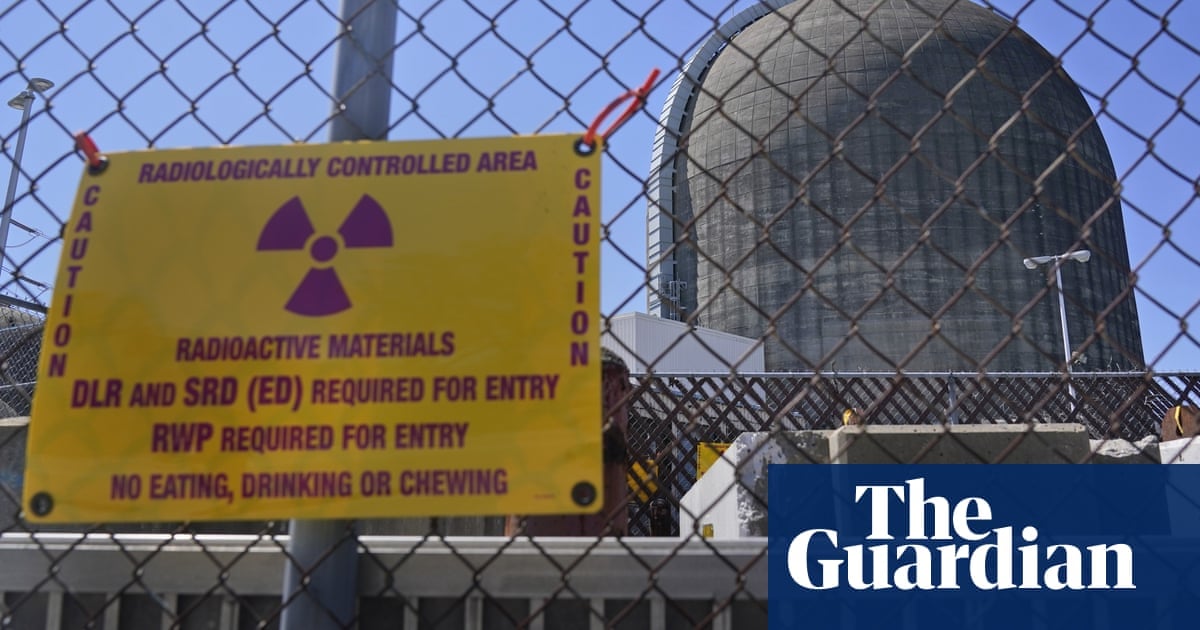Shuttering of New York facility raises awkward climate crisis questions as gas – not renewables – fills gap in power generation
When New York’s deteriorating and unloved Indian Point nuclear plant finally shuttered in 2021, its demise was met with delight from environmentalists who had long demanded it be scrapped.
But there has been a sting in the tail – since the closure, New York’s greenhouse gas emissions have gone up.
Castigated for its impact upon the surrounding environment and feared for its potential to unleash disaster close to the heart of New York City, Indian Point nevertheless supplied a large chunk of the state’s carbon-free electricity.
Since the plant’s closure, it has been gas, rather then clean energy such as solar and wind, that has filled the void, leaving New York City in the embarrassing situation of seeing its planet-heating emissions jump in recent years to the point its power grid is now dirtier than Texas’s, as well as the US average.



The industry also thinks the problem is regulations. It isn’t. If you have your shit in order, federal regulators have been willing to issue new nuclear plant permits and extend old ones. The actual probably is that the tech is fundamentally unaffordable; nobody wants to buy what they’re selling. SMRs are not likely to fix this, and there doesn’t seem to be any other fission tech on the horizon that would, either.
Two things I think we should do is subsidize reactors for reprocessing old nuclear waste, and put SMRs on ships. There are reasons for both that don’t directly show up on balance sheets.